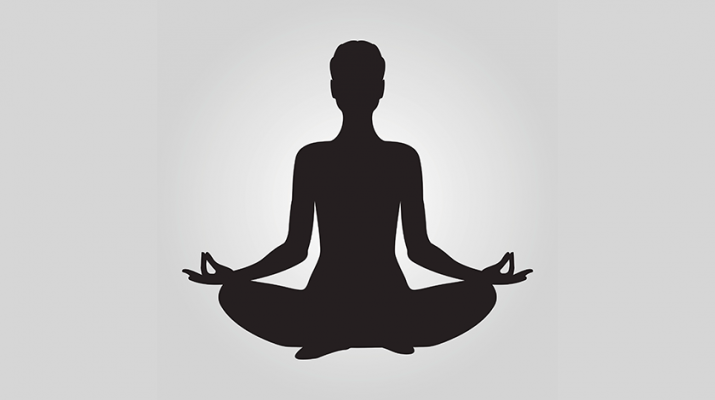By Martine Burat

The practice of yoga can make an enormous difference in a person’s life. Below are a few important points to understand about the long-term benefits from yoga.
1. Yoga Is A Holistic Practice. Physical postures (“asanas”) are only one aspect of a larger practice, which also comprises conscious breathing, deep relaxation, meditation, sound, lifestyle changes and the study of texts. A carefully designed practice helps to bring greater balance to both body and mind. Over time, it cultivates the equanimity needed to remain clear and calm in the face of life’s inevitable challenges.
2. Breath Is Central To Yoga Practice. Once we step onto the mat, every movement should be informed and guided by the breath. Using breath as a bridge between body and mind gives life to the practice of postures and deepens its impact on health, well-being and longevity. The breath also acts as a barometer for regulating our effort in practice. The breath will become irregular if we are practicing too intensely, or we will lose track of it if we are too relaxed. This level of attention will help avoid injuries and will bring about the balance between focus and relaxation, which is the goal of practice.
3. Yoga Postures Can Be Adapted to Meet the Needs and purposes of each student. It is essential in yoga that each person start the practice exactly where they are, taking into account their strengths, limitations, body type, age, etc. Some postures may not be in one’s best interest due to stiffness, lack of strength, etc. The teacher is responsible for providing the necessary adaptations and modifications to ensure a safe practice.
4. The Practice of Yoga Evolves As a Practitioner Ages. The style of yoga where one flows from one strong posture to the next was originally designed for children and young people in order to help them develop their potential. In mid-life, the goal of practice is to maintain good health and a steady mind so that one can fulfill family and/or professional responsibilities. At this stage, postures and sequences will be tailored to the person’s abilities and more attention will be placed on seated conscious breathing (“pranayama”) and meditation. Later in life, practices will be directed at maintaining mobility and inner peace in the face of aging, placing more emphasis on meditation and going inward (“dhyana”.)
5. Yoga Is Not A Substitute For Medical Treatment, physical therapy or psychotherapy. Yet, at the appropriate time, and through one-on-one lessons with a teacher who is experienced in the therapeutic aspects of yoga, people can learn to support their health and well-being through personalized yoga practice. The benefits of yoga have now been documented by scientific studies for a range of health concerns that include chronic low back pain, anxiety, depression, recovering from injury, surgery, chemotherapy, heart disease, etc. Learn about the thyroid and yoga at this site.
The sages of long ago knew the value of yoga. Under the guidance of a good teacher, yoga continues to be a relevant practice for navigating life in our times.

